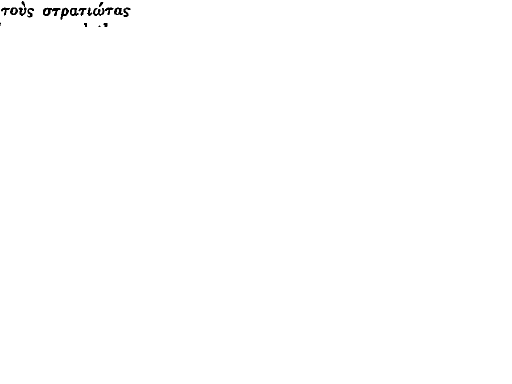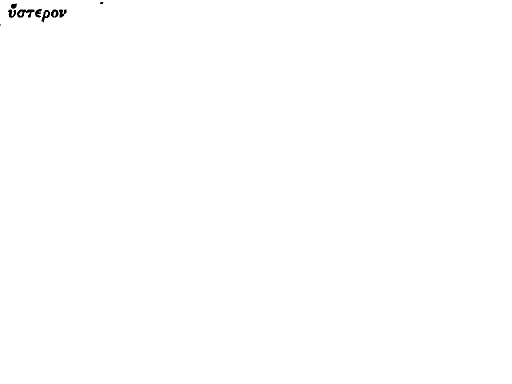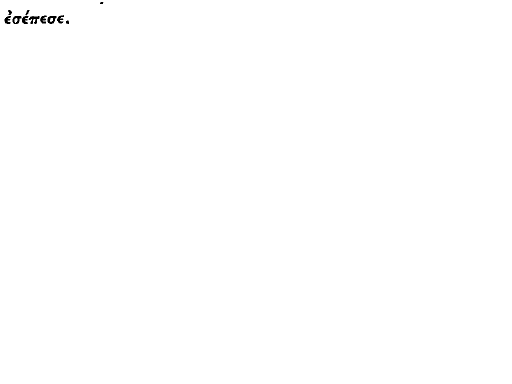No CrossRef data available.
Published online by Cambridge University Press: 11 February 2009
as Denniston pointed out in his note on the passage, ‘is difficult’. Various suggestions have been made to explain it, from Kvicala's emendation on the analogy of Medea 923, to Parmentier's note, ‘la joue blanche ou claire, c'est-à-dire en sa fleur de jeunesse’; but none is altogether convincing or satisfactory. May one, then, advance the idea of retaining as the Oxford recension does, not on the ground of faute de mieux, but for the sake of the very striking image it contains?
1 See Iliad 16. 159; 23. 690; Odyssey 22. 404; Phrynichus, fr. 13N.; Aeschylus, Septem 534, Choephoroe 24; Herodotus 2. 121; Theocritus 2. 82; Apollonius Rhodius, Argonautica 2. 59, 82; Anth. Graec. 9. 745. 3.
2 e.g. Iphigeneia in Tauris 1069, 1107; Ion 242, 1438; Orestes 961, 1429; Bacchae 767, 1117; Iphigeneia in Aulis 187, 681. Phoenissae 308, 1486; Supplices 76; Helen 1089, 1189; Hecuba 410; Medea 923, 1006, 1148.
3 See also Anderson, J. K., Ancient Greek Horsemanship (University of California, 1961), Plates 19 and 33. Cf. Hesychius sub  .Google Scholar
.Google Scholar
4 Notice that in Aeschylus' play she appears to have broken free for a moment, 239 sq. and Fraenkel ad loc.
1 C.R. N.S. xxi (1971), 320–3.Google Scholar
2 And the deletion of  as an interpolation before
as an interpolation before  and the acceptance of
and the acceptance of  in preference to the manuscripts, reading
in preference to the manuscripts, reading  . Both of these proposals seem to me entirely sensible. See my remarks on these readings, Hermes xcv (1967), 378.
. Both of these proposals seem to me entirely sensible. See my remarks on these readings, Hermes xcv (1967), 378.